France is a country in the middle of western Europe. The island of Corsica in the Mediterranean Sea also belongs to France.
France also has territories in the Caribbean, off the east coast of America, and also in the Pacific and Indian Oceans. We are only looking at the part of France
that is in Europe. This is often known as Metropolitan France.
France is bordered on the west by the Atlantic Ocean, in the south by Spain and the Mediterranean Sea and in the north by the English Channel, which the
French call La Manche. Eastern France has borders with five other European countries.
The land is mainly flat but in the south there are the Pyrenees Mountains and in the east are the Alps.
The geographical coordinates for the centre of France, also known as lines of latitude and longitude, are:-
Latitude - 46 00N
Longitude - 2 00E
The capital of France is Paris.
France is a semi-presidential republic with a president as head of state and a prime minister as head of the government. The French President does have
quite a lot of power. Presidents are elected for a seven year term.
In elections everyone over the age of 18 must vote.
The currency in France is the euro. France was a founding member of what is now the European Union.
French is the official languages.
Check the weather in Paris now.
This is the time in Paris now








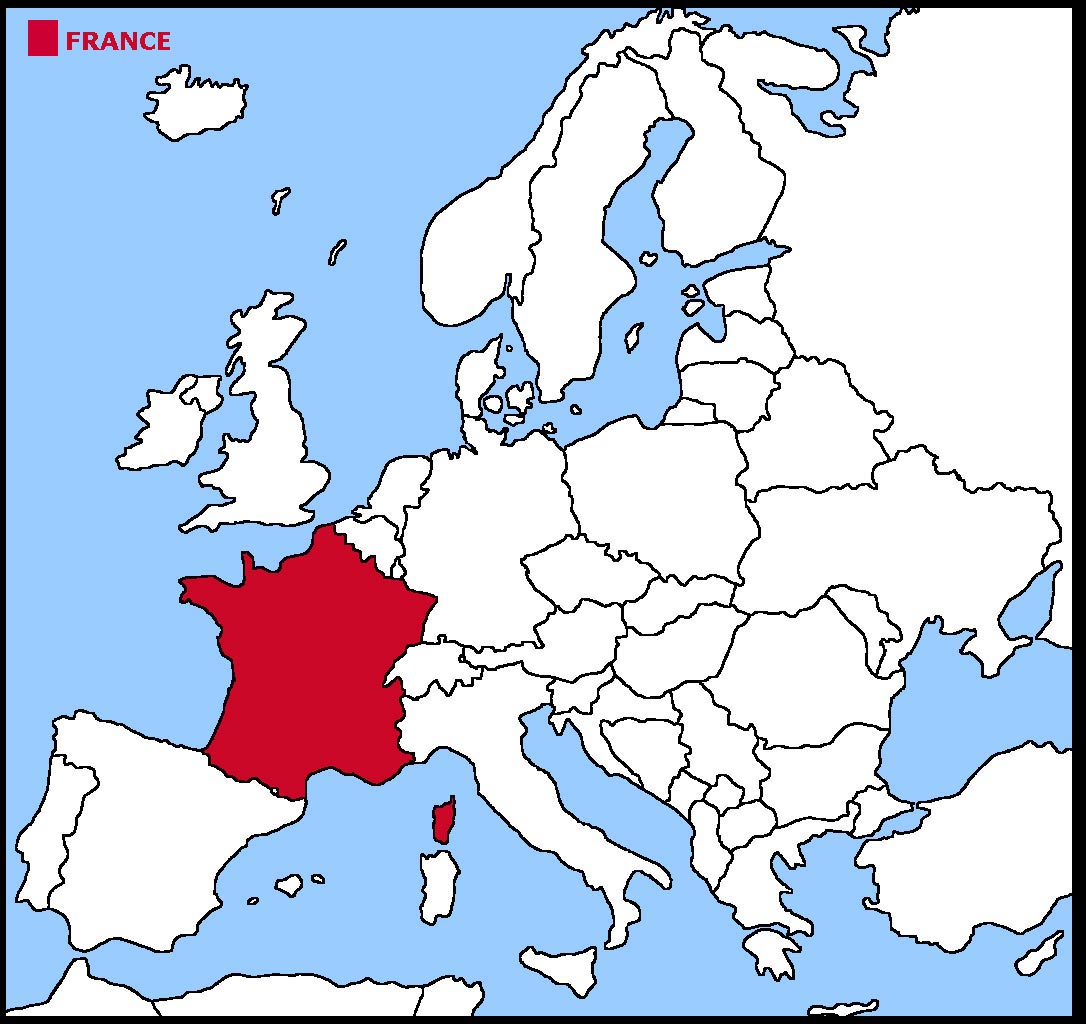

 The French flag is three vertical bands of blue, white
and red and is known as the tricolore. The flag dates from 1790 and the time of the French revolution. The blue and red were the colours and the army of Paris
while white was the ancient French colour.
The French flag is three vertical bands of blue, white
and red and is known as the tricolore. The flag dates from 1790 and the time of the French revolution. The blue and red were the colours and the army of Paris
while white was the ancient French colour.


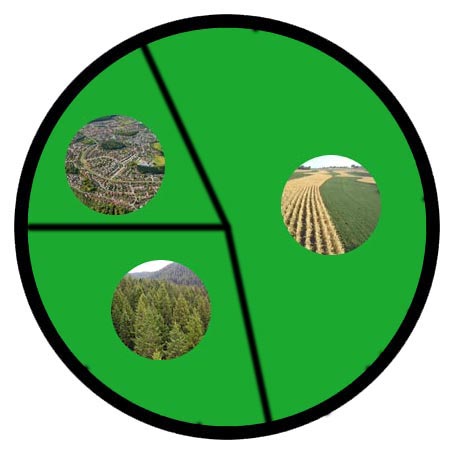

 Each little Owlbut is 1 person and
the big yellow rectangle is 1 sq km. After a while you can compare countries and see which ones are the most crowded. Remember it is only an average as
more people live closer together in towns and cities than in villages out in the country.
Each little Owlbut is 1 person and
the big yellow rectangle is 1 sq km. After a while you can compare countries and see which ones are the most crowded. Remember it is only an average as
more people live closer together in towns and cities than in villages out in the country.
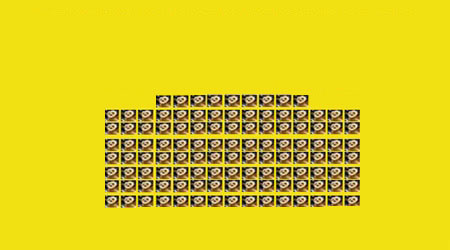

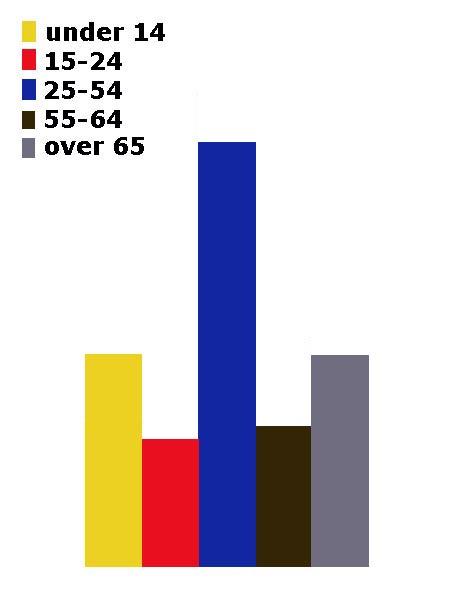
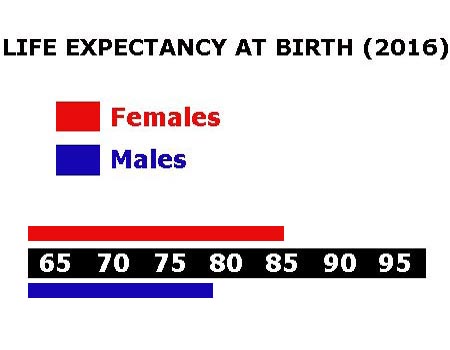

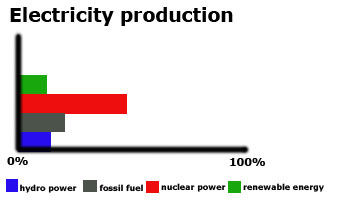

 They work in the following sectors.
They work in the following sectors.



